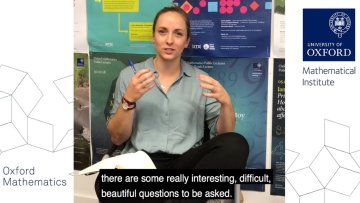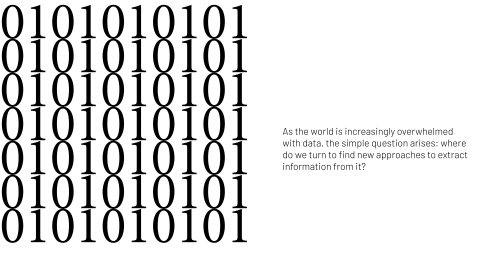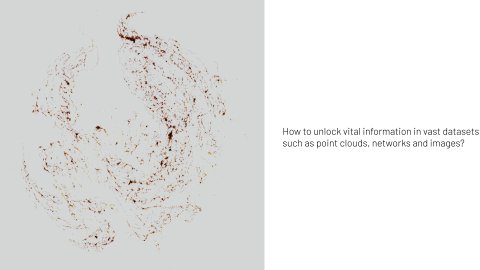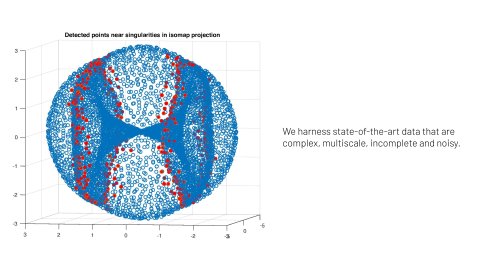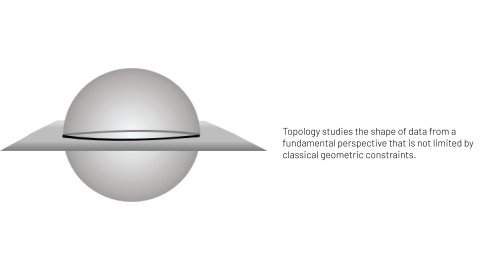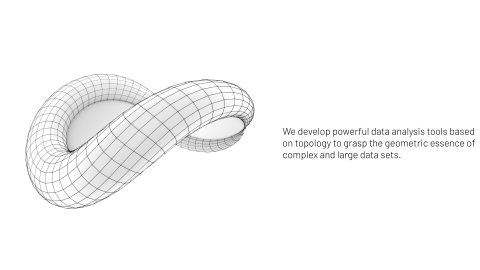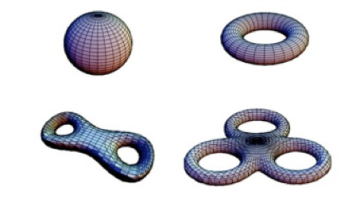Policy Gradient Methods for the Linear Quadratic Regulator
Abstract
We explore reinforcement learning methods for finding the optimal policy in the linear quadratic regulator (LQR) problem. In particular, we consider the convergence of policy gradient methods in the setting of known and unknown parameters. We are able to produce a global linear convergence guarantee for this approach in the setting of finite time horizon and stochastic state dynamics under weak assumptions. The convergence of a projected policy gradient method is also established in order to handle problems with constraints. We illustrate the performance of the algorithm with two examples. The first example is the optimal liquidation of a holding in an asset. We show results for the case where we assume a model for the underlying dynamics and where we apply the method to the data directly. The empirical evidence suggests that the policy gradient method can learn the global optimal solution for a larger class of stochastic systems containing the LQR framework and that it is more robust with respect to model mis-specification when compared to a model-based approach. The second example is an LQR system in a higher-dimensional setting with synthetic data.


